Four Platforms to Underpin Audi’s Electric Onslaught
Ingolstadt, October 7, 2019 – Audi is taking a consistent approach to aligning its product portfolio with electric mobility, from the compact segment all the way to the performance models. To this end, the company is making use of group-wide synergies and relying on four platforms in both Development and Production. This allows the brand to offer its customers customized solutions for every vehicle segment. With the e-tron*, Audi has built its first high-volume SUV on an adapted variant of the modular longitudinal platform (MLB evo for short). The four-door Gran Turismo e-tron GT concept is based on the Porsche platform with the designation J1. The more compact electric cars are based on the versatile modular electrification platform (MEB) from the Volkswagen Group, and the innovative, large electric models use the new Premium Platform Electric (PPE).
The first all-electric Audi on the basis of the MLB evo: the Audi e-tron*
The e-tron* marks Audi’s start into the electric era. The SUV is the first vehicle to combine electric mobility with Audi quality: A sophisticated drive and recuperation system, all-wheel drive and maximum comfort. In short: Vorsprung durch Technik. The e-tron* is based on an extensively adapted variant of the modular longitudinal platform (MLB evo). Its foundation is a new body shape with numerous innovative structural elements in the lower area of the vehicle center and the roof.
With a wheelbase length of 2,928 millimeters (115.3 in), the e-tron* lies between the Q5 and Q7 SUVs. The high-voltage battery stores up to 95 kWh of energy and forms the basis for its range of more than 400 kilometers (248.6 mi) in the WLTP driving cycle. This is achieved primarily by the innovative recuperation system, which can recover up to 30 percent of the used energy during brake applications. The two asynchronous motors (ASM) of the full-size class SUV achieve a maximum joint output of 300 kW and ensure a sporty and stable performance on any terrain in cooperation with the electric all-wheel drive, which can be adjusted extremely quickly. The Audi e-tron* can charge using both alternating and direct current and is the first series-production vehicle with a charging capacity of up to 150 kW. It owes this to its highly efficient thermal management.
The J1 performance platform – the first e-tron GT concept
Audi presented the e-tron GT concept showcar at the 2018 Los Angeles Auto Show, offering a near-production-level outlook on the future high-performance Gran Turismo. The e-tron GT concept functions as a “signature car” for the brand with the four rings and demonstrates impressively how emotional electric mobility can be. It sparks customers’ enthusiasm with its sporty and emotional design and provides a fascinating technological experience. Audi is using the J1 performance platform developed by Porsche as the technical basis.
The Audi e-tron GT concept showcar is equipped with two permanently excited synchronous machines (PSM) that output a system performance of 590 metric hp (434 kW) and 830 Nm (612.2 lb-ft) of torque. The four-door GT is propelled from zero to 100 km/h (62.1 mph) in 3.5 seconds and reaches 200 km/h (124.3 mph) in just over 12 seconds, before propulsion ends at 240 km/h (149.1 mph). If necessary, the Audi e-tron GT concept can be charged in a short space of time. The high-voltage system is designed for a voltage of 800 volts and allows the battery to be charged to 80 percent in about 20 minutes at a DC terminal with an output of 350 kW. In accordance with the WLTP standard, the Audi e-tron GT concept achieves a range of more than 400 kilometers (248.5 mi) on one battery charge.
The battery, which has an energy content of more than 90 kWh, is located in the underbody, between the axles. The battery package is designed with recesses in the rear footwell. This provides a high level of seating comfort for all occupants. This special layout allows the drive battery to be integrated in the vehicle floor despite the low body position that is typical for sports cars, thereby creating a very low vehicle center of gravity. At the same time, this creates comfortable seating ergonomics.
Its lightweight design body and the roof made of carbon fiber-reinforced polymer (CFRP) are built according to the principle of multi-material construction. At 4.96 meters (16.3 ft) long, 1.96 meters (6.4 ft) wide and 1.38 meters (4.5 ft) tall, the near-production-level Audi e-tron GT concept has the proportions of a typical Gran Turismo.
In combination with the low center of gravity, the quattro drive, which is equipped with an electric motor at the front and rear axles, offers ideal conditions for a sports car. The drive management distributes the torques of the electric motors between the axles as needed and also regulates the wheels separately. The technology layout allows for numerous suspension and performance features, for example all-wheel steering or a sport differential, providing excellent traction and a high level of vehicle dynamics.
Electric motors with different outputs and battery modules with different capacities will be used in series production.
Entering into the world of electric power with Audi: the Audi Q4 e-tron concept on the basis of the MEB
What the modular transversal toolkit (MQB) is for the model range with combustion engines, the modular electrification toolkit (MEB) will be for the all-electric Audi models: The MEB provides the technical basis for the future compact and medium-size class models from Audi. This platform thus provides the entry point into the electric model portfolio of the brand with the four rings.
By using the group-wide MEB platform, Audi can offer its customers affordable yet technically sophisticated electric models with the unmistakable Audi DNA. Fascinating design, high- quality interior workmanship and a top-of-the-line operating system. The use of maximum platform synergies in the Group makes electric mobility attractive to many new customers in the compact segment. The modular electric drive platform of the Volkswagen Group is designed to be highly versatile and scalable to a high degree. Its matrix extends from SUVs and crossover models all the way to sedans.
As it is designed exclusively for electric drives, the MEB allows customers to experience all the advantages that compact electric motors and lithium-ion batteries in different sizes and capacities offer. The battery systems, electric motors and axle designs form a stringent technology toolkit. In contrast to the current models with combustion engines, the front section is considerably shorter—the front axle and firewall move forward, making the wheelbase and thus the usable interior space considerably larger.
In March 2019, Audi announced the Q4 e-tron concept with a near-production-level showcar at the Geneva Motor Show. It will be the first Audi based on the MEB platform to roll off the line: A compact SUV that fits into the same segment as the conventionally motorized Q3. Its exterior length of 4.59 meters (15.1 ft) places it in the upper third of the compact class; thanks to its wheelbase of 2.76 meters (9.1 ft), however, its interior is at least at the level of the medium-size class. In terms of interior length, each MEB model thus corresponds to a current vehicle from the next higher category. While the exterior dimensions of the Q4 e-tron concept are comparable to those of the Q3, it offers the interior dimensions of a Q5. The architecture of the dashboard also offers new design opportunities.
Of course the MEB platform also offers different performance levels and drive layouts. In addition to the typical quattro all-wheel drive with an electric motor at the front and rear axles, there will also be a drive variant with a rear-mounted engine and rear-wheel drive for the entry- level variants.
The new basis for luxury: the Premium Platform Electric (PPE)
For its full-size class and luxury models, Audi is relying on a fourth platform: The Premium Platform Electric (PPE) has been designed and developed in cooperation with Porsche from the start. With its special architecture, it provides the conditions needed for ultra-modern technology that satisfies the demanding customer requests in the full-size and luxury class segments.
PPE will take on the role in the world of electric vehicles that the modular longitudinal platform holds in vehicles powered by combustion engines. It is characterized by a high-tech and highly scalable architecture that allows both low- and high-floor vehicles to be realized. Audi is developing various model series on the basis of PPE that will cover the segments from the upper medium-size class to the luxury class as SUVs, Sportbacks, Avants and Crossovers with various different vehicle types. In doing so, the brand is also expanding its current model portfolio in the full-size class and luxury segments by adding numerous electric variants.
The technology package on the PPE is generally similar to that of the MEB; in addition, it offers great potential in terms of output and performance. As standard, the vehicles are fitted with one electric motor in the rear; the top-of-the-range models are equipped with a second electric motor at the front axle (PSM or ASM) that allows them to activate all-wheel drive automatically when needed. If will of course also be possible to realize different performance levels and battery capacities on the PPE platform. Like in the Audi e-tron GT concept, the state of charge is 800 volts; in combination with high-efficiency thermal management, it enables a high charging capacity of 350 kW.
The dimensions and overhangs of the low-floor Audi models on the PPE platform will be slightly shorter than those of the current combustion engine models on MLB basis but will offer greater interior length. As is typical for electric models, there are no transmission or center tunnels. As traditional premium vehicles, the PPE models can be equipped with numerous high-end technologies: In the drive area, torque control takes place via torque vectoring, while the typical Audi features of air suspension or all-wheel steering are provided in the suspension area.

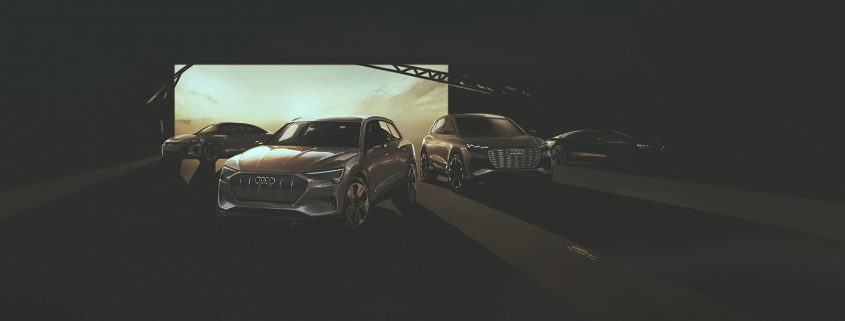
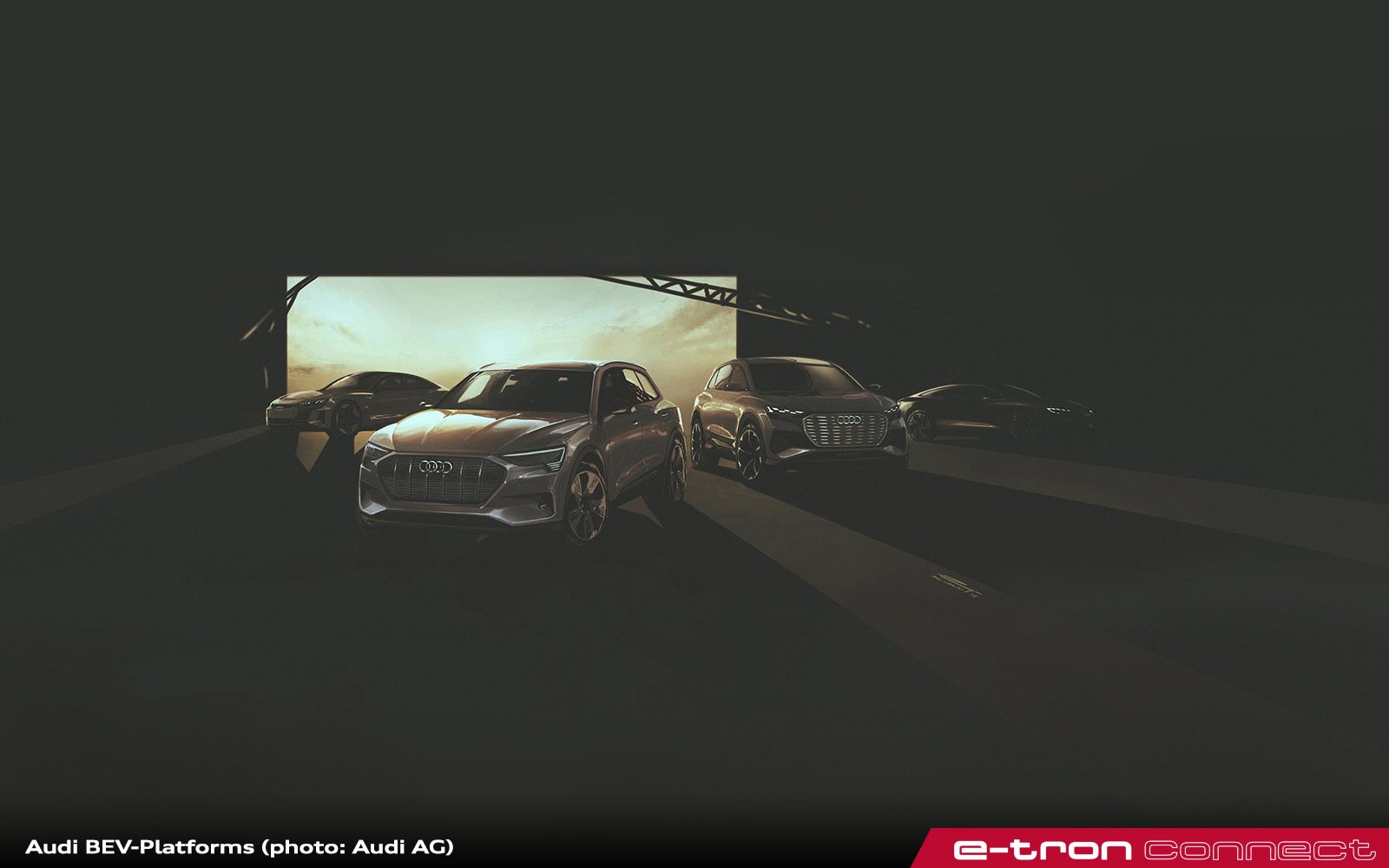

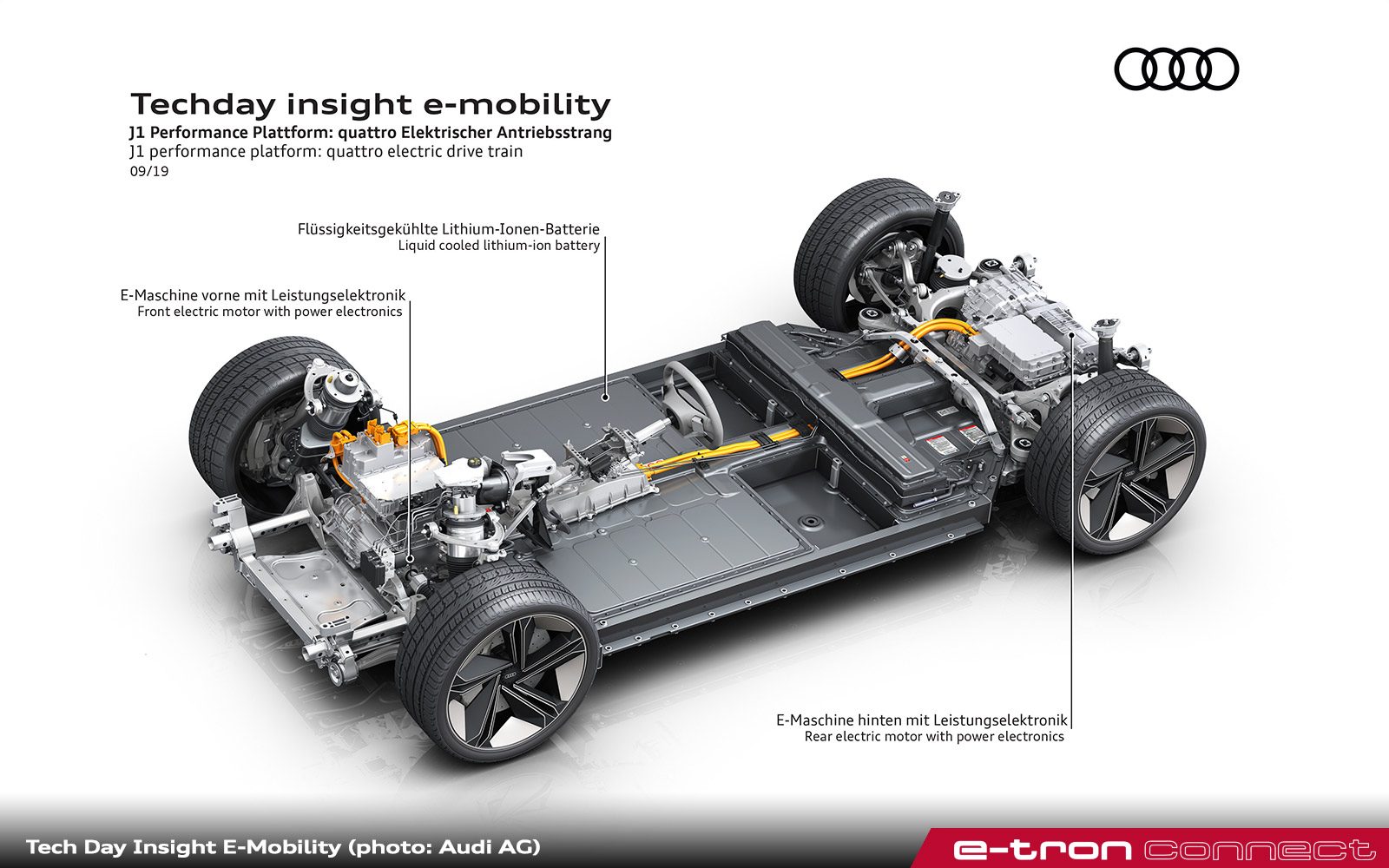
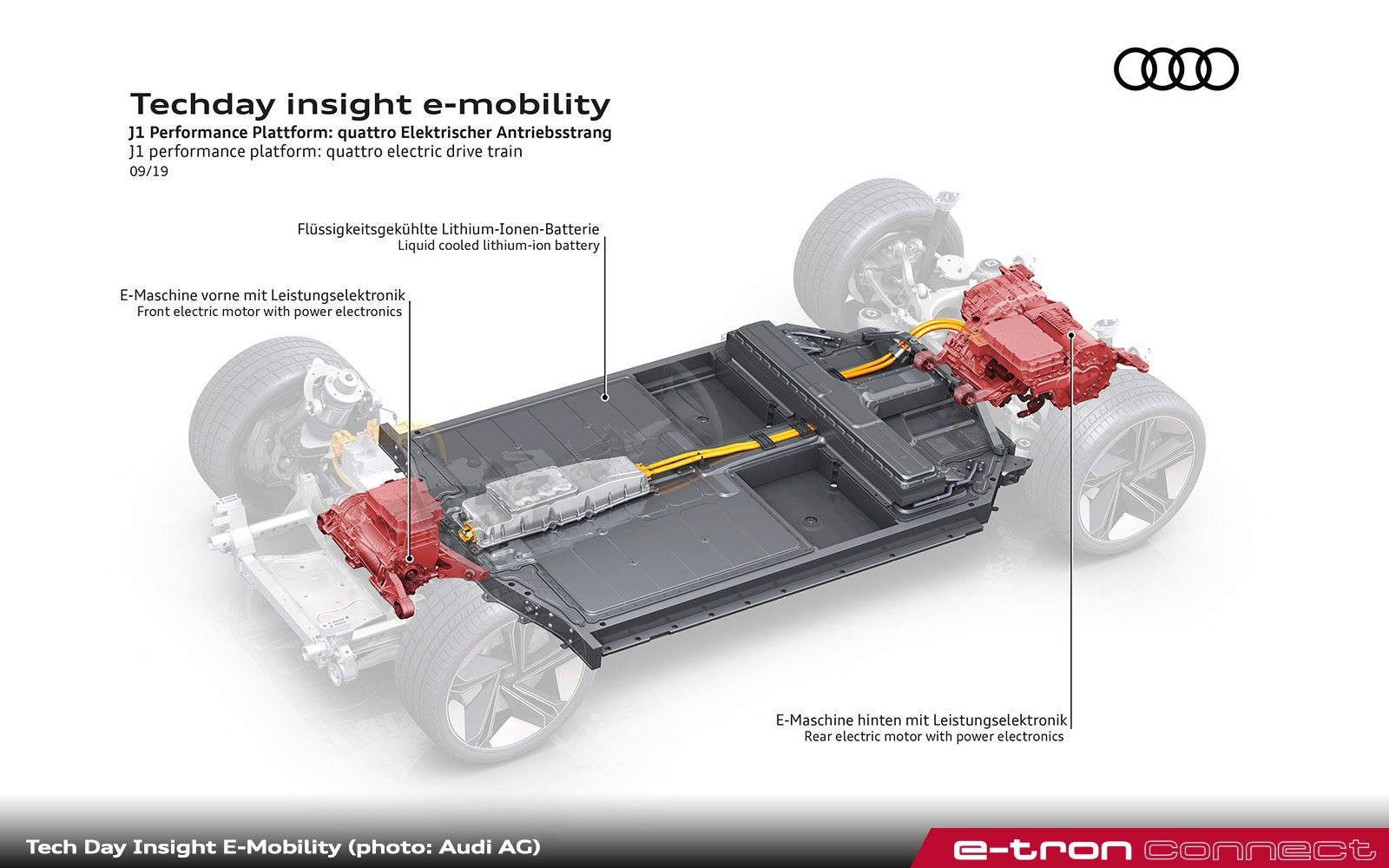
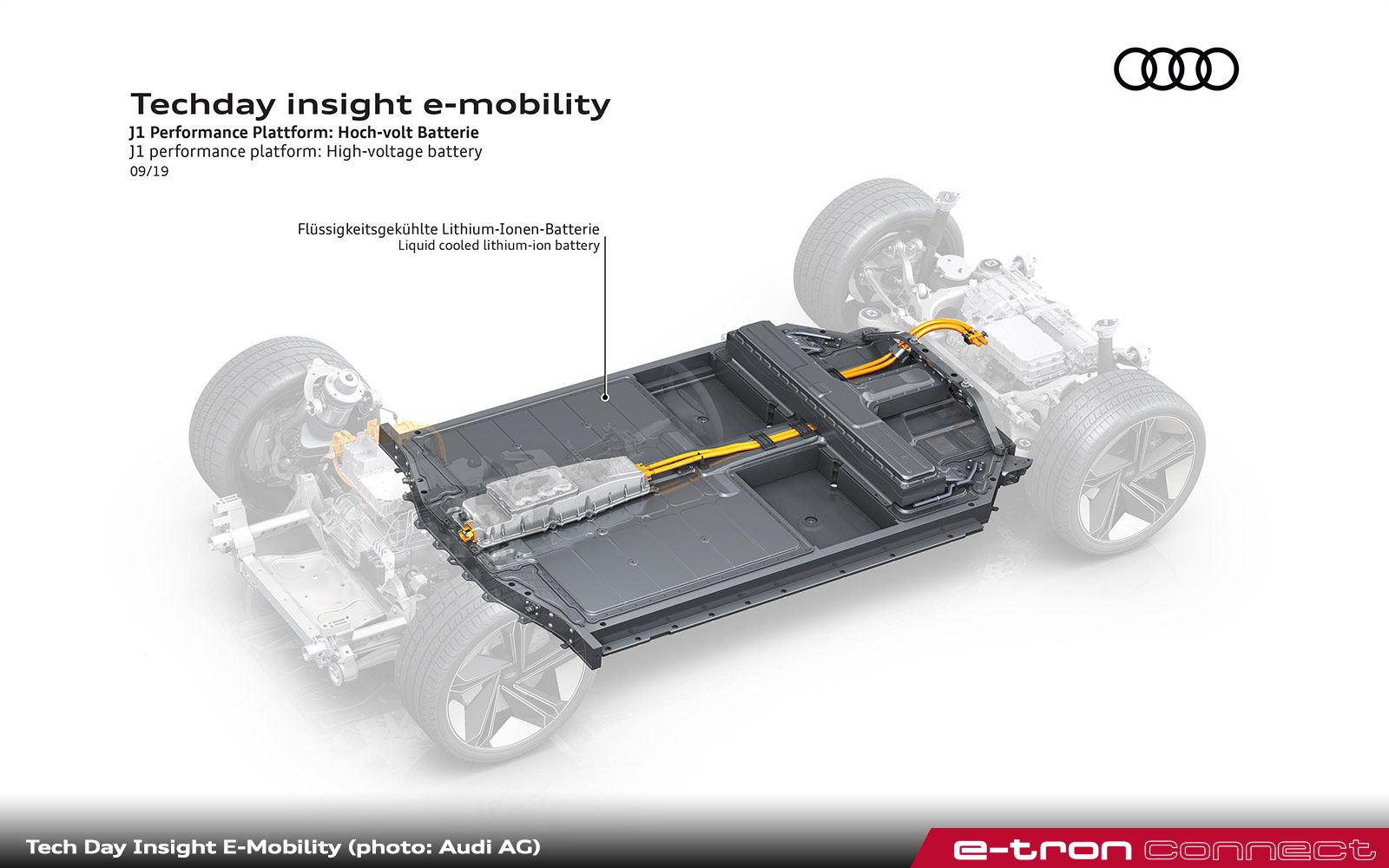
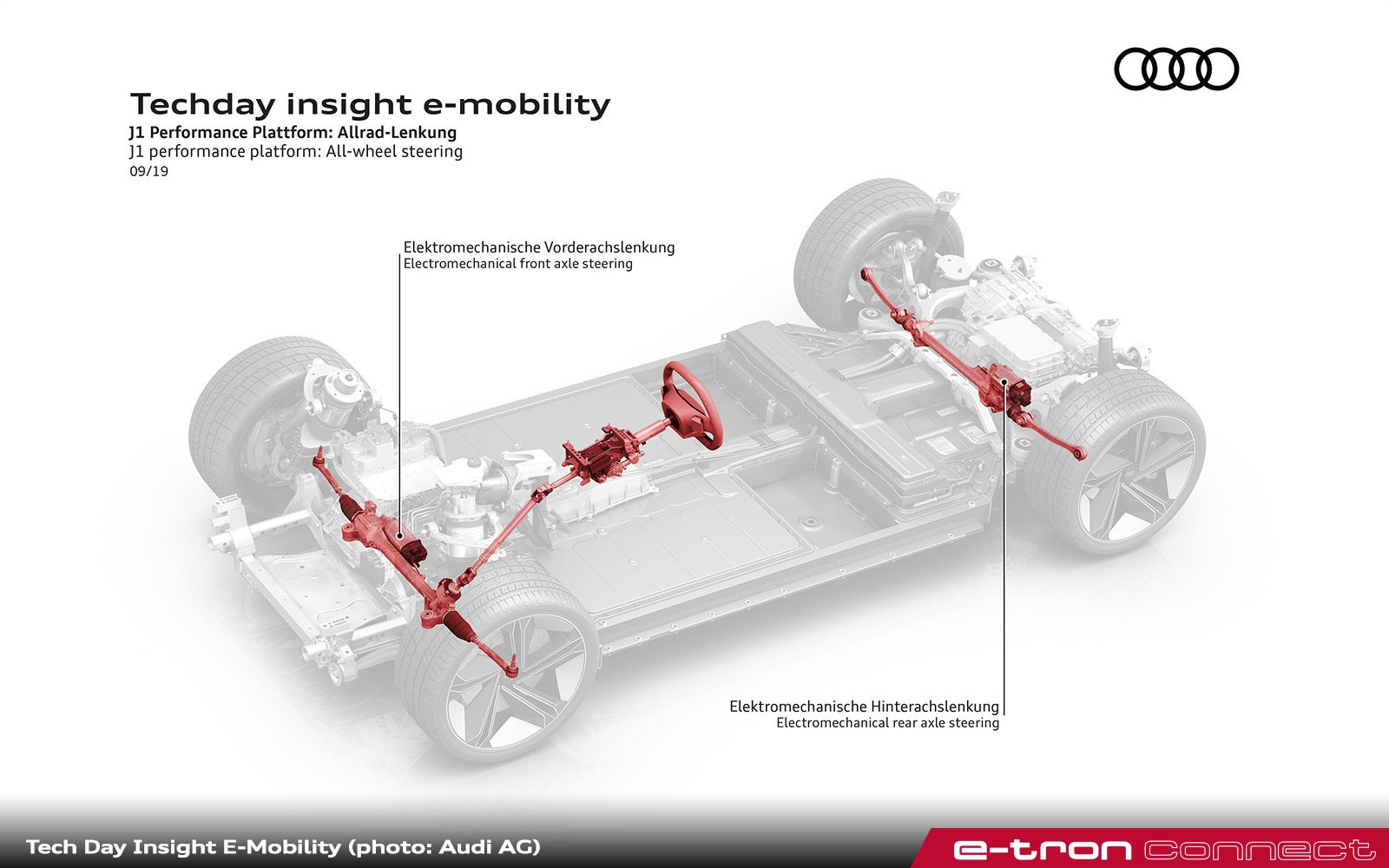





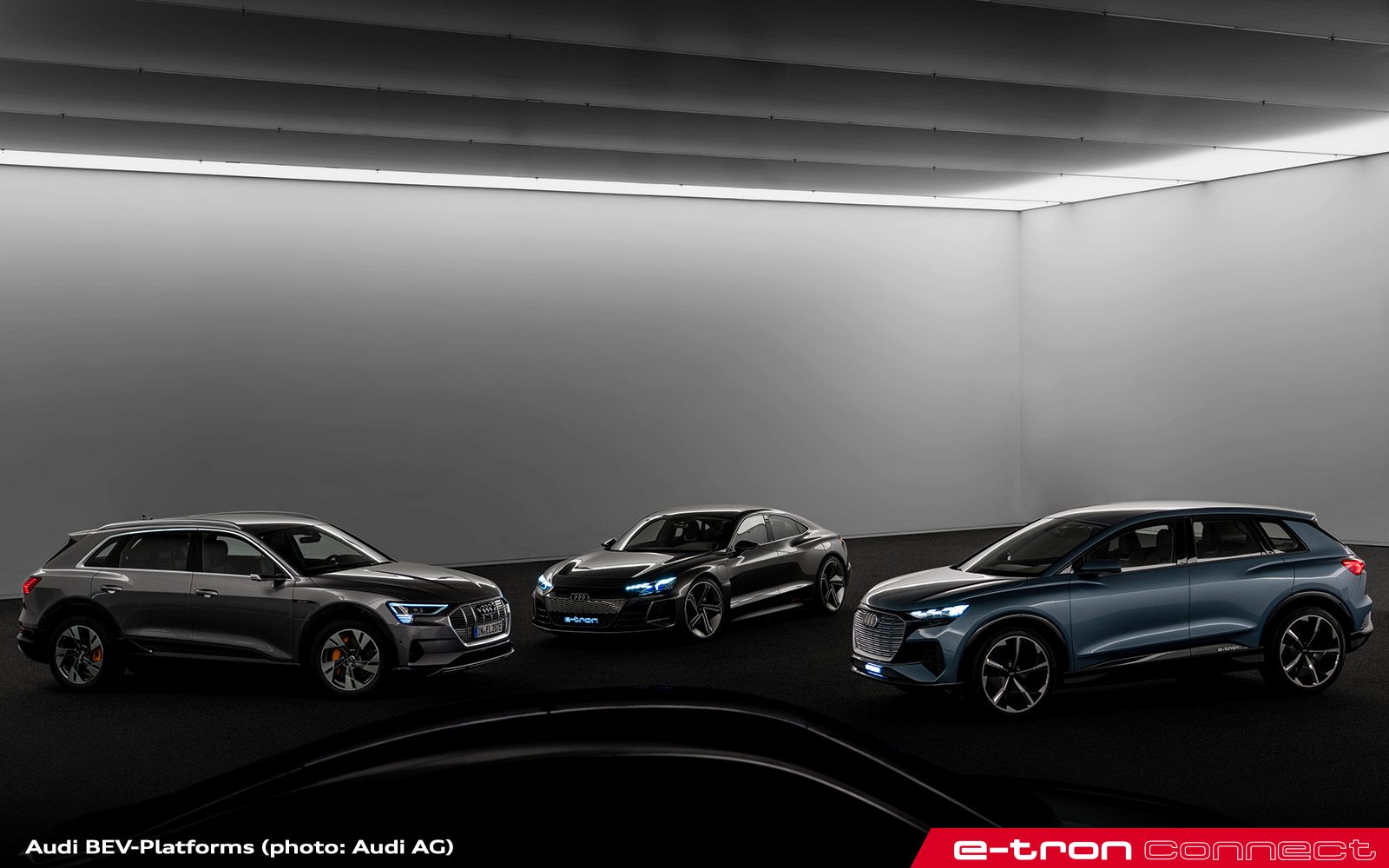


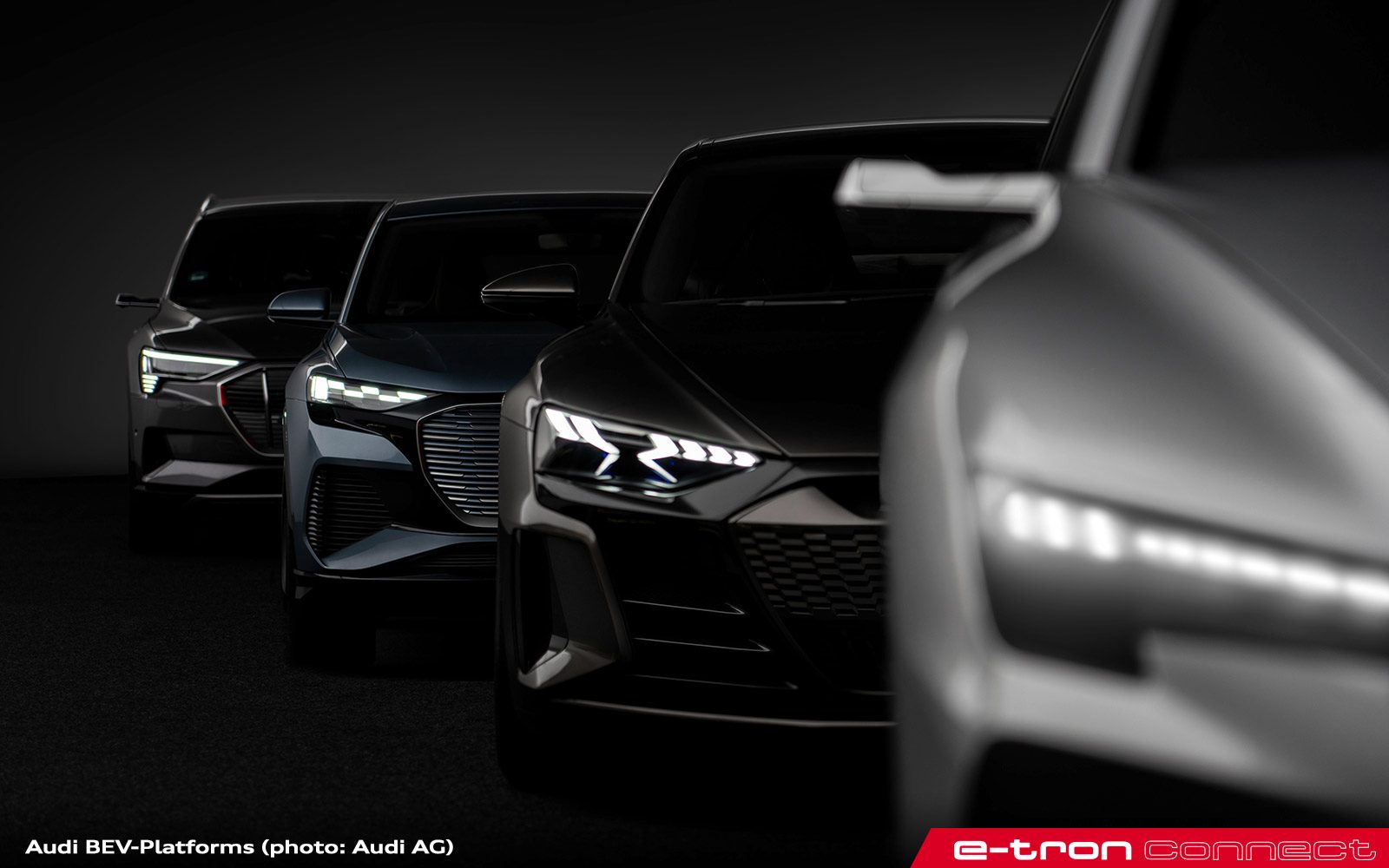
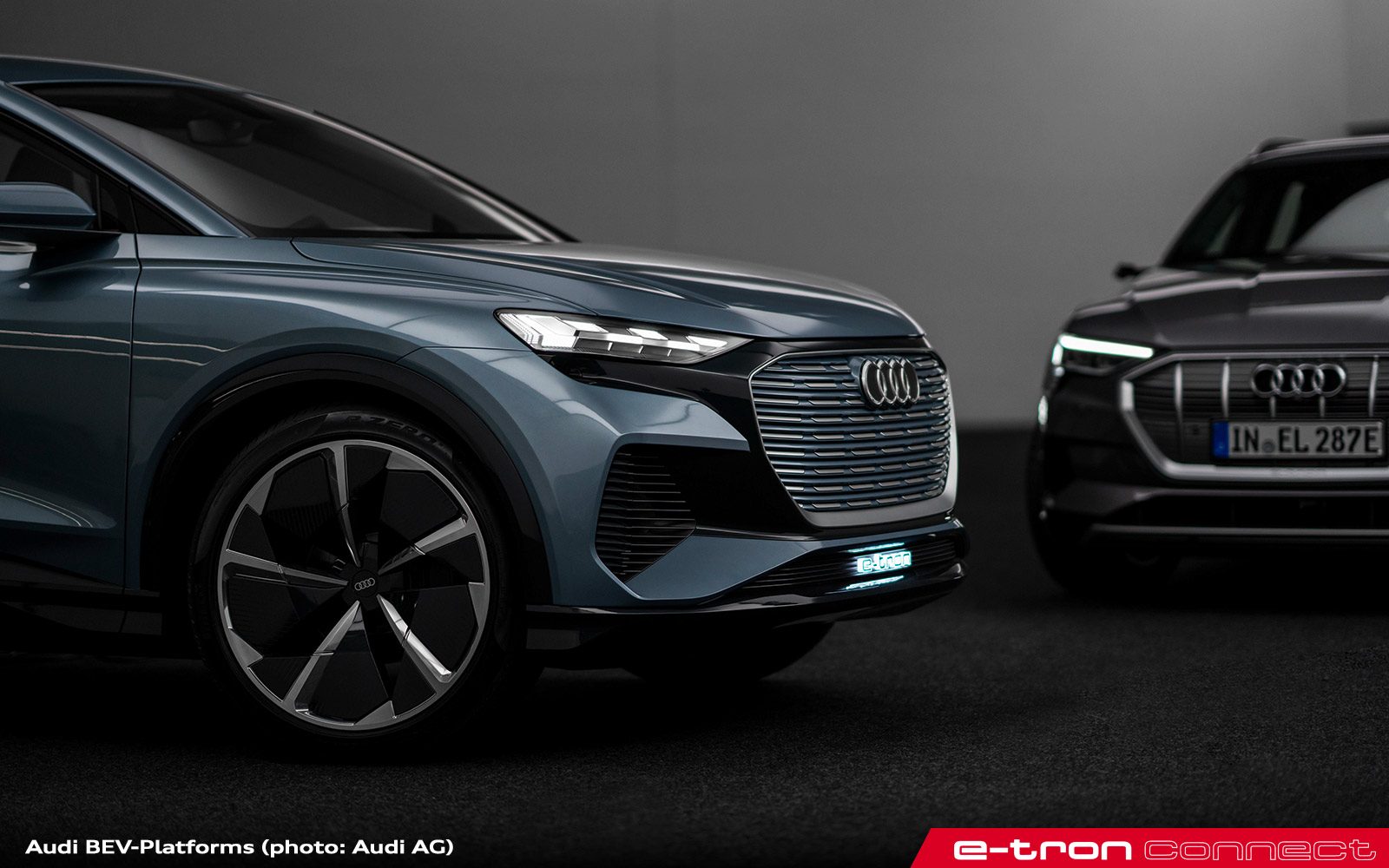
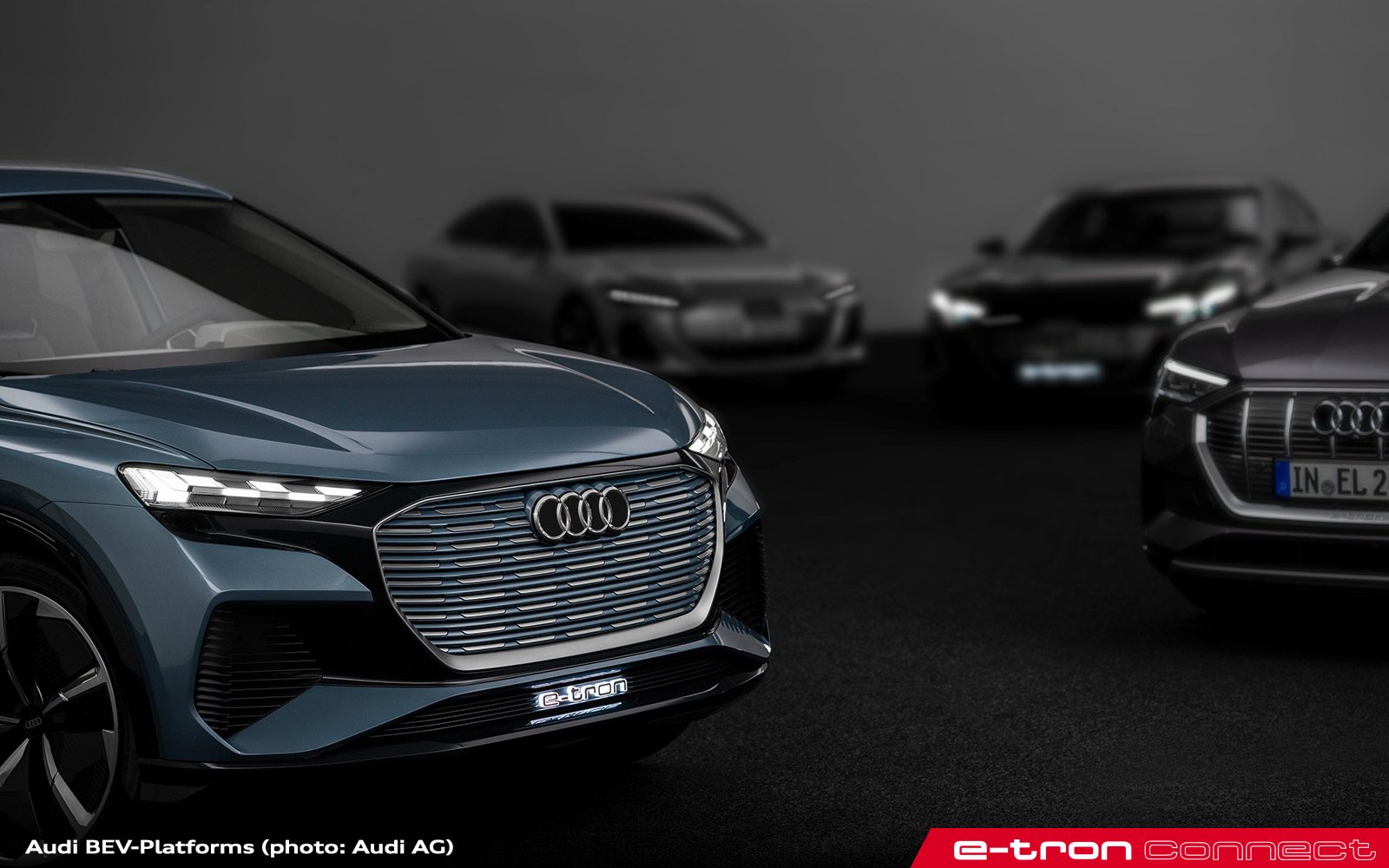
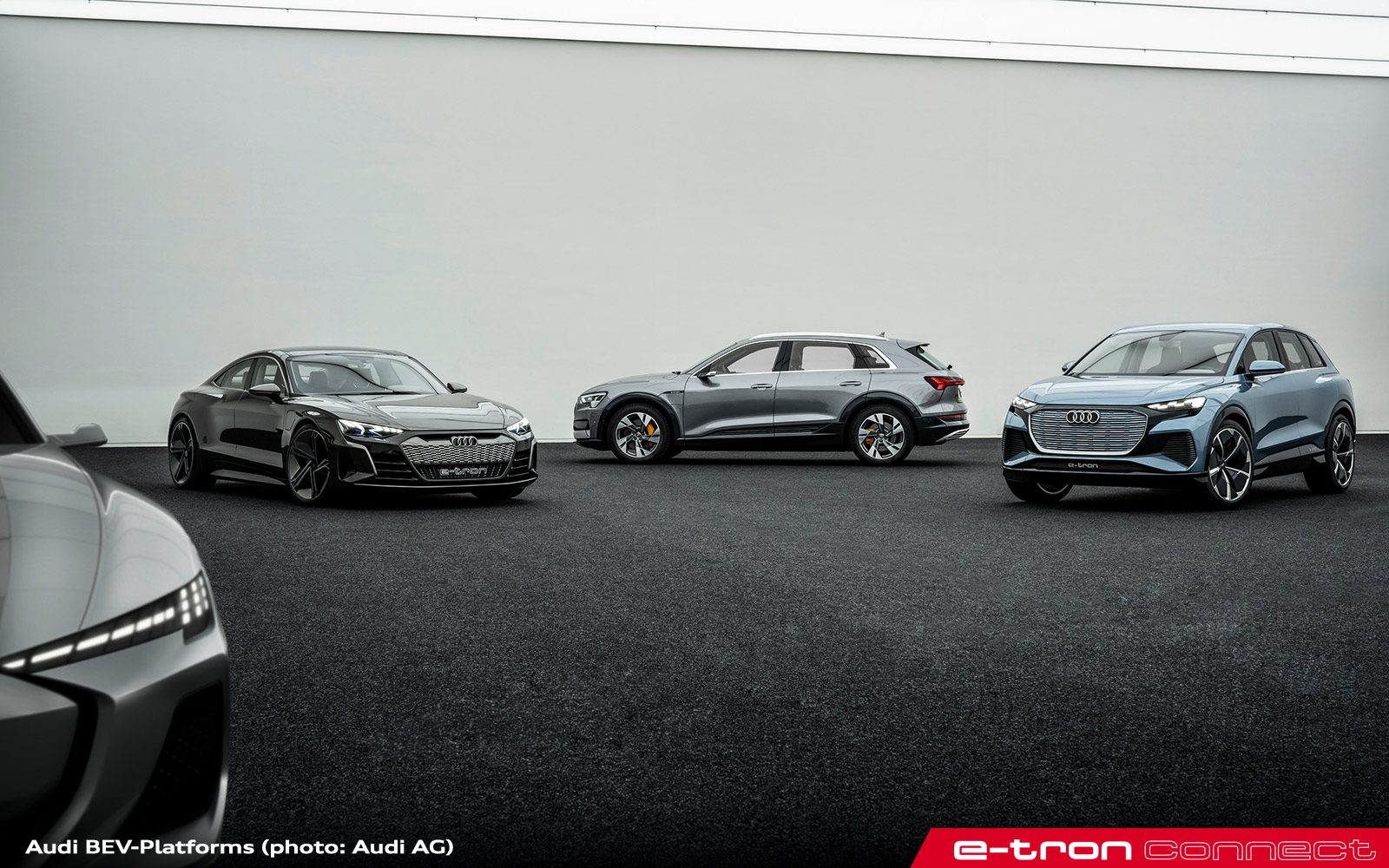

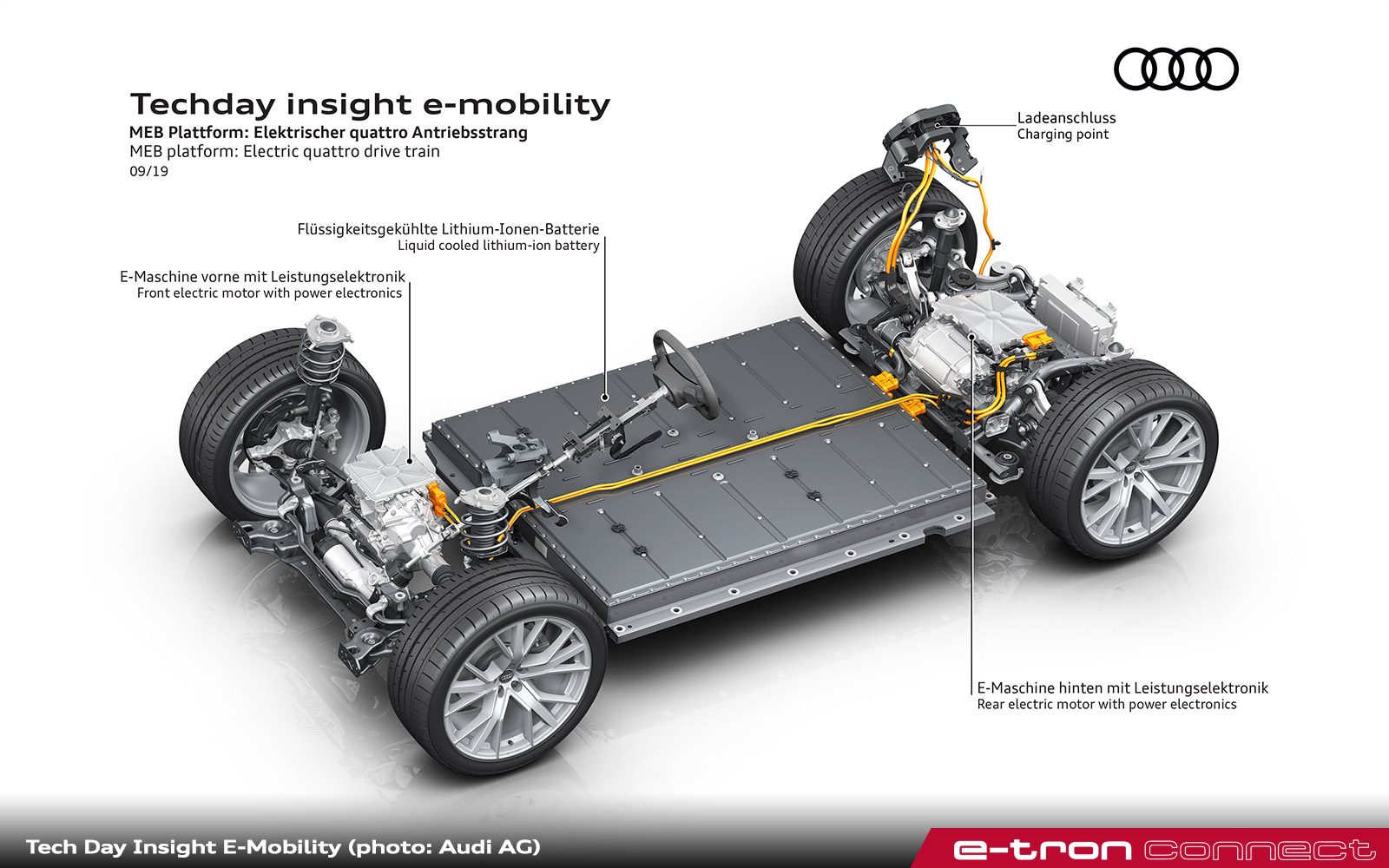
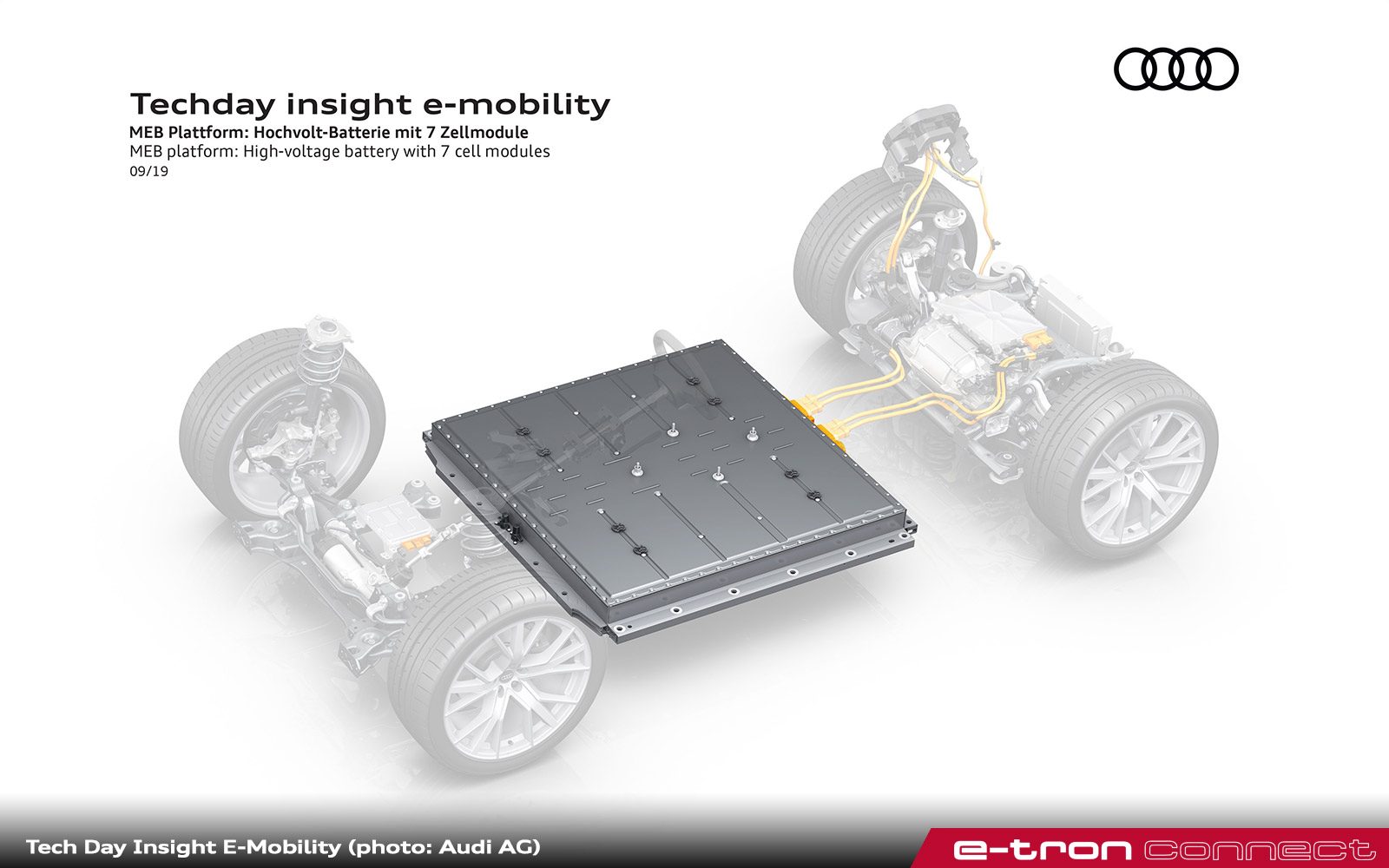

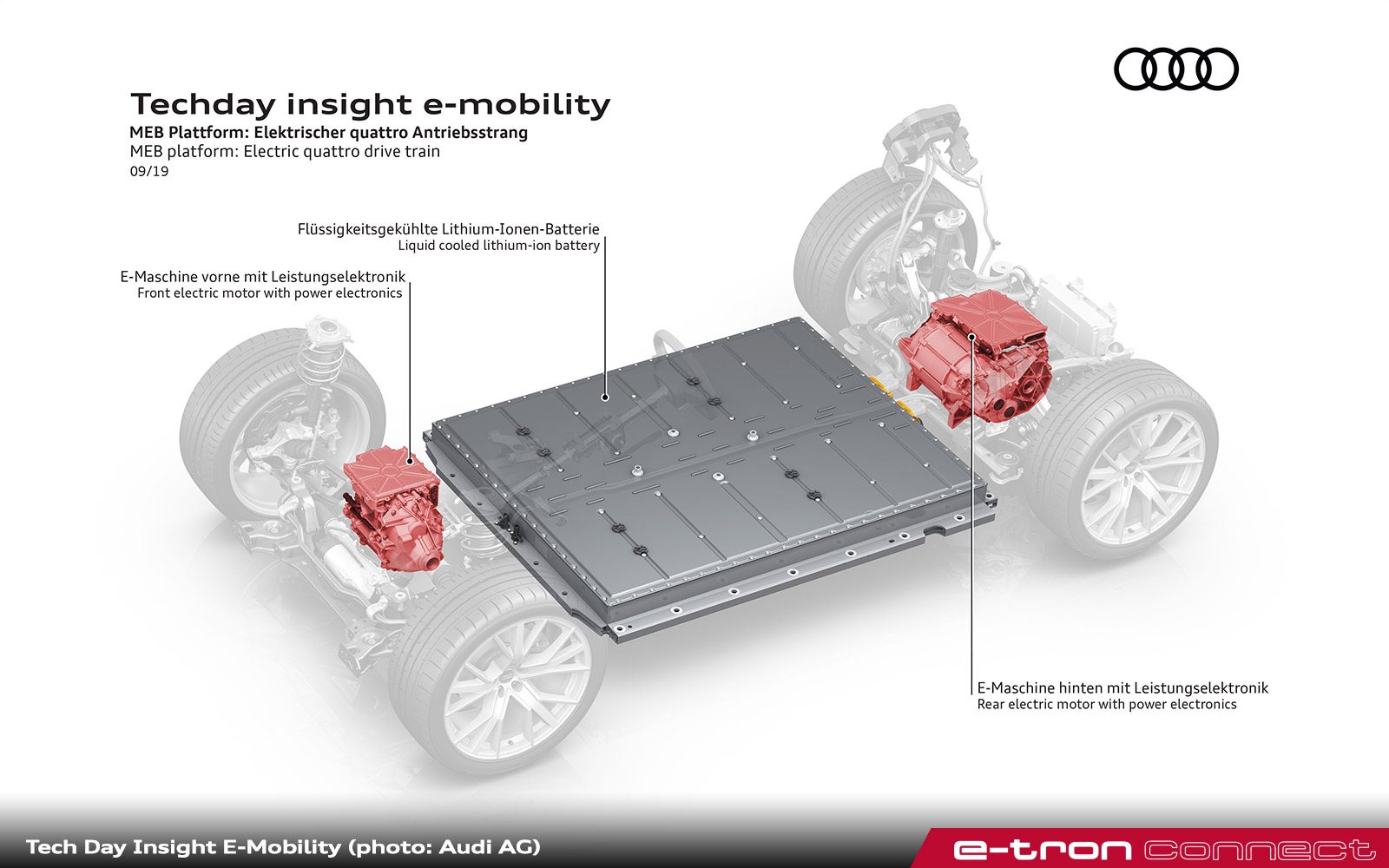


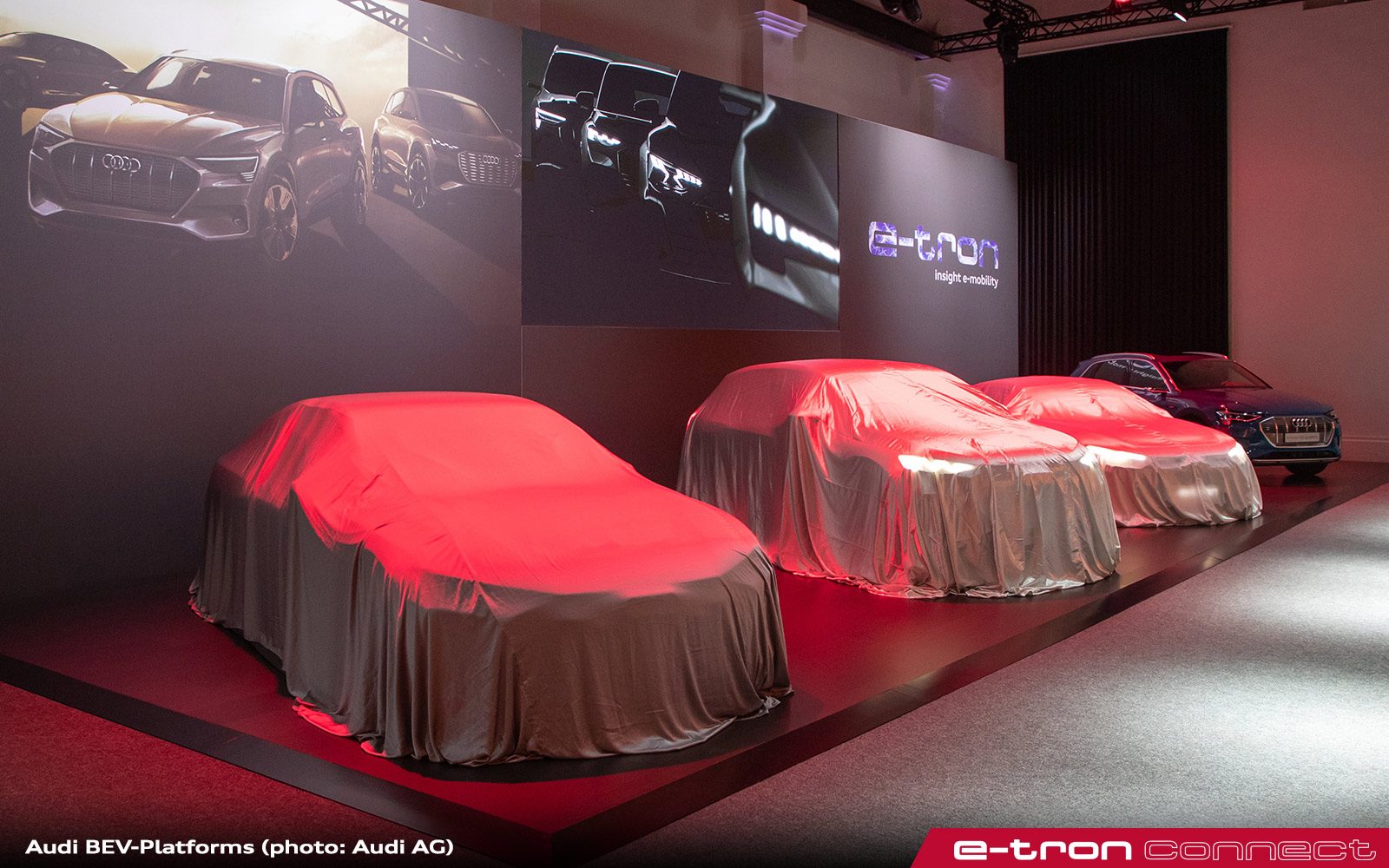
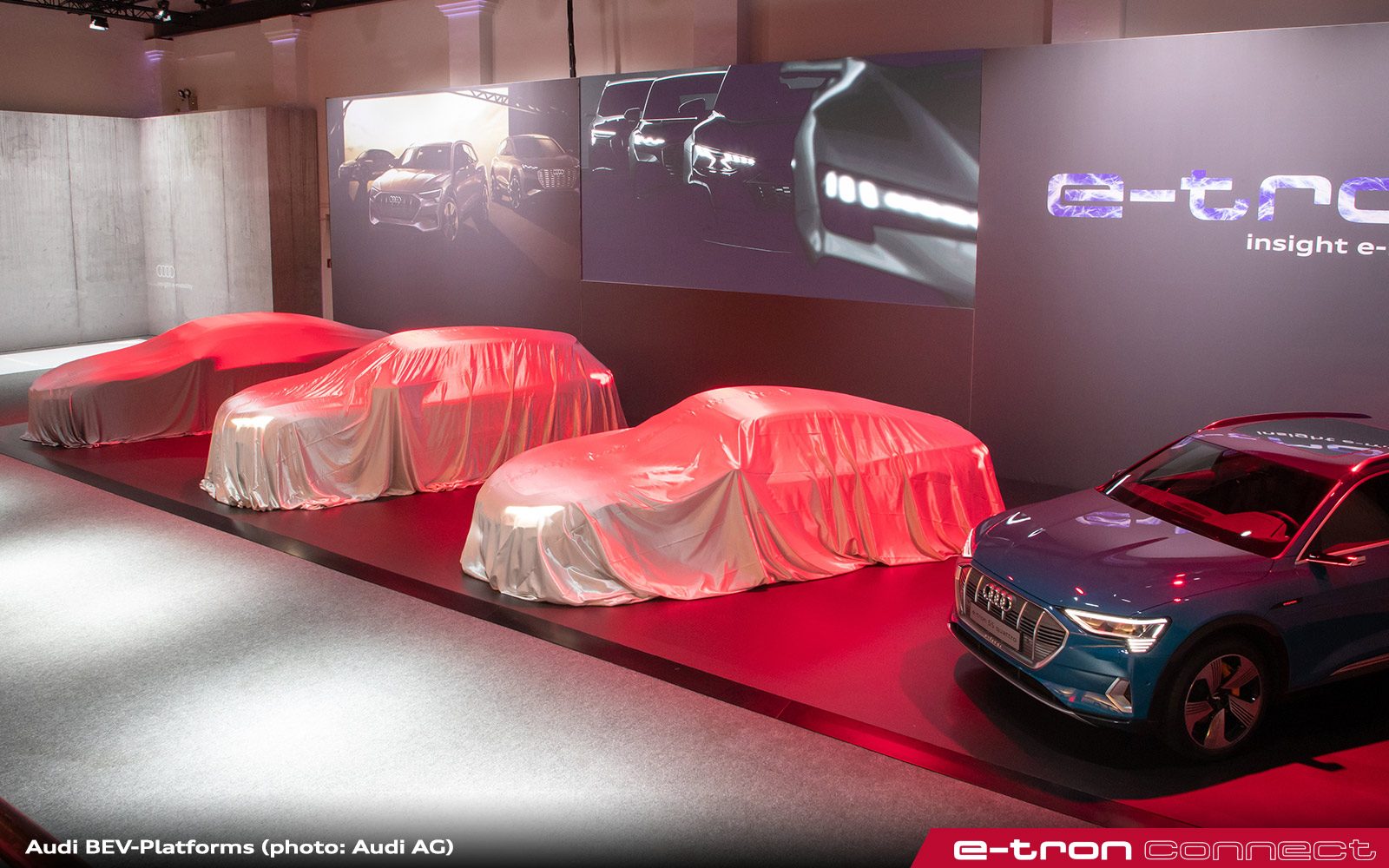
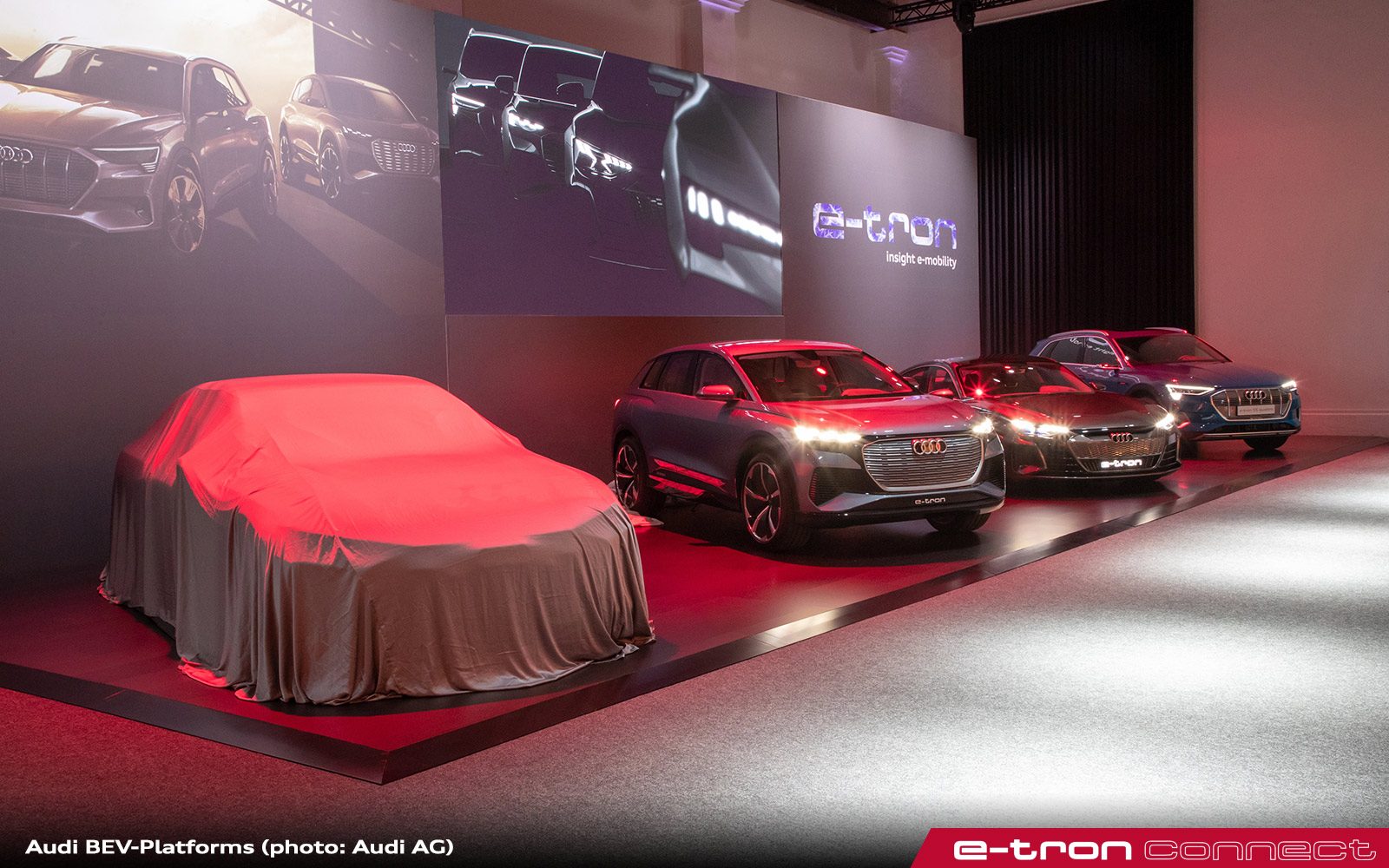

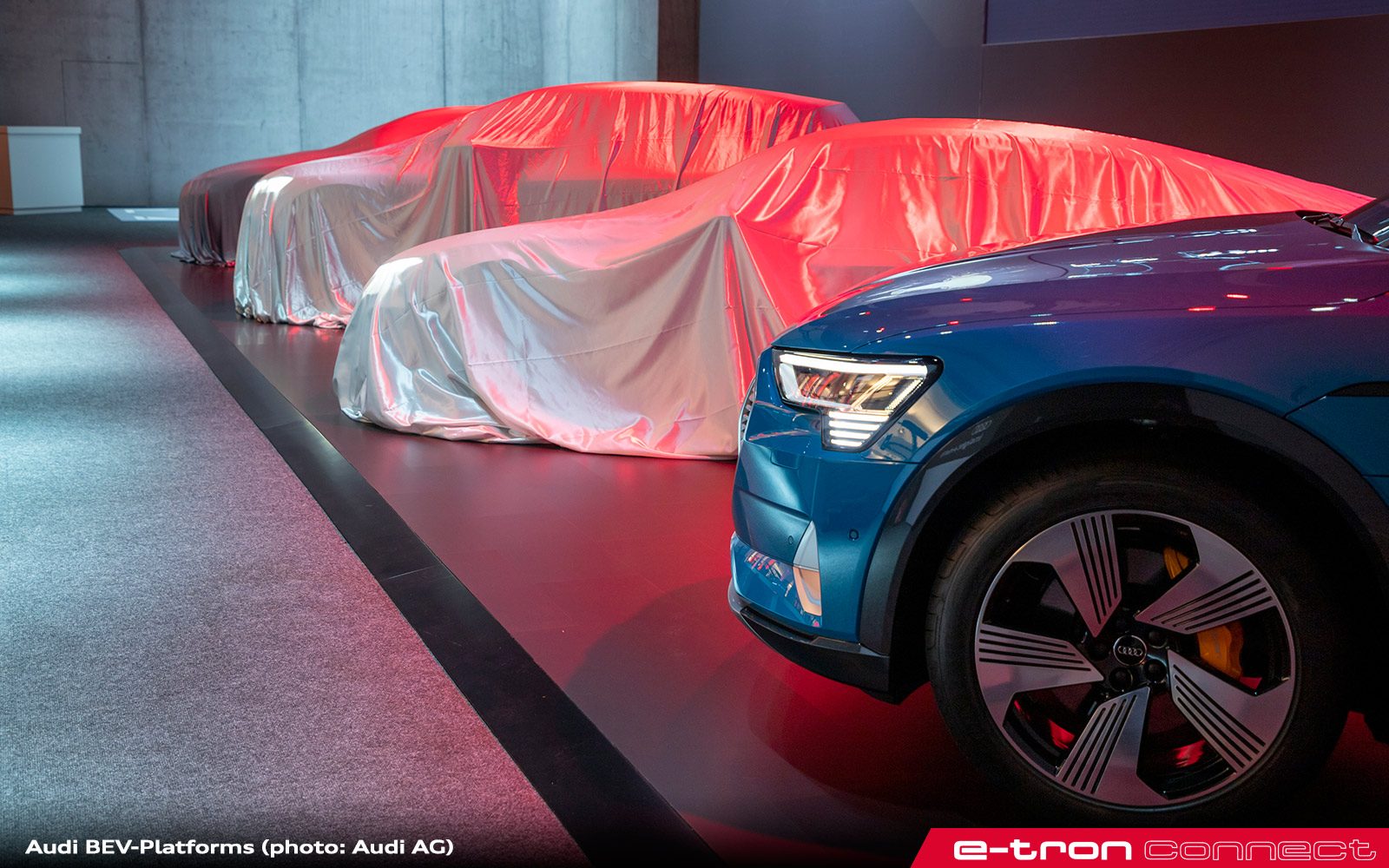

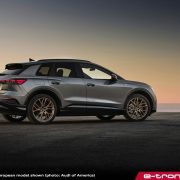

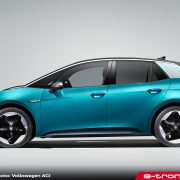
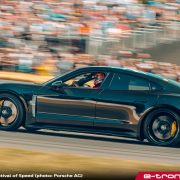


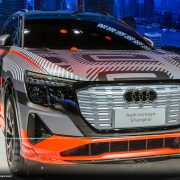



Leave a Reply
Want to join the discussion?Feel free to contribute!